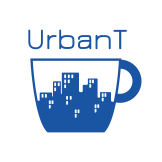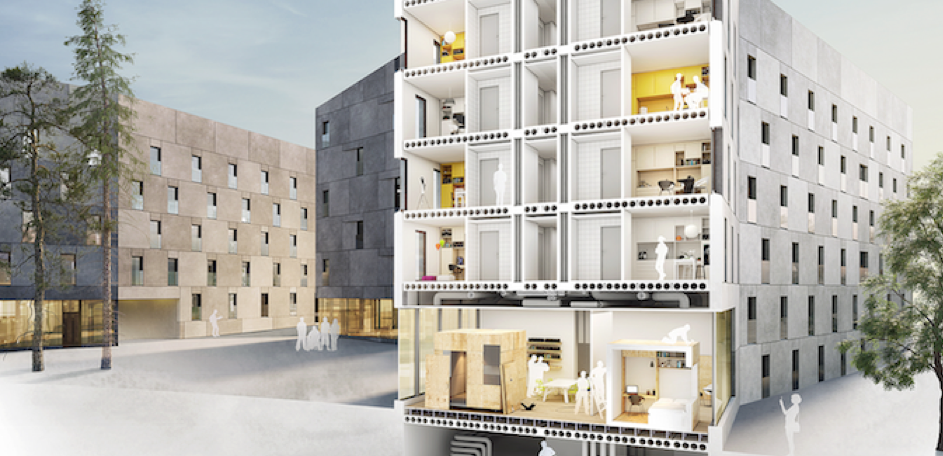Source: property developer Einar Mattsson
The introduction of new technologies in the residential and construction industry is currently too slow if the targets set out for energy efficiency are to be reached. To build a sustainable and resource efficient society, long-term is needed, particularly with respect to the built environment. Dynamic cities with flexible buildings that can fulfil the resident preferences of tomorrow – in addition to those of today – are crucial. This flexibility requires greater investment in research and development of products and services that decrease resource use and contribute to increased business and exports.
KTH Live-In Lab is a way of taking action. KTH Live-In Lab is intended as the node for investment and risk management that is needed in the end phase of product/service/process development for large-scale dissemination. Allowing industry, academia and society to collaborate in an open and neutral testbed can lower and redistribute risk, uncertainty and costs in a way that allows for greater impact. The products and services can be tested, not only technologically but also economically and environmentally. Technology-specific models can be tested and developed, rules and norms can be tested, questioned and reworked; all to allow for tomorrows form of living to be redefined and improved through an increased innovation rate.
The KTH Live-In Lab is a platform for research, testing and education to promote innovation in the building sector and consists of both virtual and physical test environments. The Live-In Lab KTH and Einar Mattsson Testbed are housed in three residential buildings, currently in the commissioning phase, for 300 studio apartments located in the main campus at KTH in Stockholm. Heating to the buildings is provided by ground-source heat pumps. Heat is distributed airborne to the apartments through thermally activated building slabs that provide ventilation and heat distribution at the same time. Electricity is generated locally with photovoltaic (PV) panels installed on the flat roof with the possibility to install storage systems, in particular batteries for electricity. Heat from domestic hot water is recovered with a wastewater heat recovery system.
Research institutions and companies with projects ideas related to sustainable buildings are encouraged to send an application through the dedicated webpage, https://www.liveinlab.kth.se/en/engagera-dig-i-kth-l. Although the Live-In Lab does not provide direct financing for research, it offers a unique opportunity for testing, collaboration, co-financing facilitation exchange of expertise.
Duration
The KTH Live-In Lab is a long-term project, spanning several years from now.
Project leader
Jonas Anund Vogel
Involved UrbanT members
Marco Molinari
More information
Link to the project website
https://www.liveinlab.kth.se/
Presentations, published reports any other dissemination materials
https://www.liveinlab.kth.se/om-labbet/informationsmaterial-1.625818


Recent Comments